In the wake of several high-profile environmental disasters, many firms are looking at different resource extraction methods - but these are not without their own ecological consequences
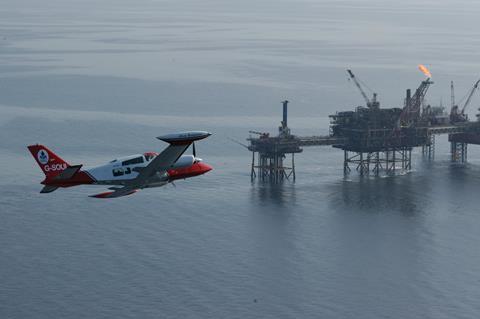
A recent example of an environmental disaster is, of course, the Shell oil spill in August of this year, which took place at the Gannet Alpha platform off Aberdeen and which resulted in 0.5km of sea being covered with an oil film.
“If you go back a number of years, companies were pouring more of that into local rivers than into the sea and suddenly it’s a big issue for Shell. This has a lot to do with the media’s coverage: on the back of BP, they were looking for another big oil spill,” says Polestar UK print group risk manager Gary Marshall.
Following these high-profile spills, a lot has been written about the negative effects new energy extraction processes will have on the environment. These processes target unconventional forms of oil and gas that have become commercially viable due to technological developments and the ever-increasing demand for fuel resources.
But the fracking process involved in extracting shale gas and tight oil in this way has the potential to pollute the environment. “Ultimately this boils down to the problem of polluting ground water. So, although the process may be new, the negative consequence is a well-known threat,” Marshall says.
Tar sands oil is another unconventional energy form that’s becoming increasingly important. Tar sands make up the second-largest oil reserves in the world and the largest deposits can be found in Canada and Venezuela, according to a recently released report by Reprisk.
There has been much controversy surrounding Syncrude Canada, which reportedly agreed to pay $3m in penalties related to the death of 1,600 ducks. The company was found guilty of failing to prevent migratory birds from landing on its Aurora tailings pond, which contained oily residue that caused their death.
Ultimately this boils down to the problem of polluting ground water. So, although the process may be new, the negative consequence is a well-known threat.”
Gary Marshall, Polestar
The public and the relevant authorities will be much more hostile if a company transgresses on an environment that provides resources such as food, water, agriculture, parkland or land that facilitates leisure activities such as walking, sailing, climbing and foraging. Companies need to understand the position of stakeholders involved and the state of the habitats in their area of operation.
Protests and sabotage could be a problem for oil companies exploiting unconventional energy sources as activists have stated they plan to increase resistance to tar sands expansion. The tar sands oil fields in Venezuela’s Eastern Orinoco oil belt covers an area of more than 55,000km² along the southern strip of the Orinoco river basin. In this area, both the land and aquatic ecosystems have been described by Unesco as having significant biological diversity.
The construction of the infrastructure necessary for extraction and pre-processing, together with the required transportation networks for waste, may prove highly ecologically unsound. Another problem is that poor governance and corruption could mean such projects are not properly regulated, resulting in the exploitation of natural resources. In the Niger Delta, the unfair distribution of Nigeria’s oil wealth gave rise to the terrorist group MEND and the same problem could arise in Venezuela and other parts of the world.
Many big oil companies, such as BP, Chevron, CNPC, Statoil Petroleos de Venzuela (PDVSA) and Total, are involved in tar sands oil production.





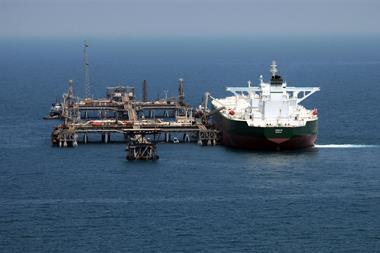


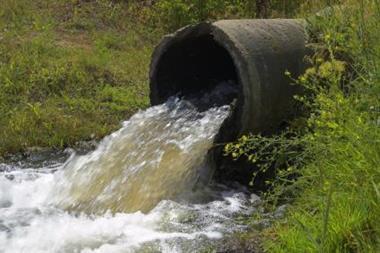
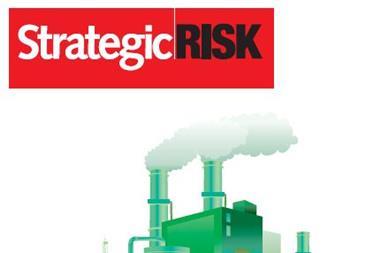
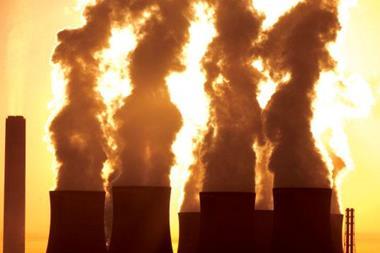









No comments yet